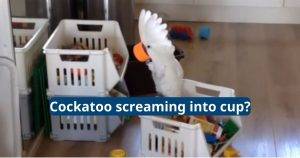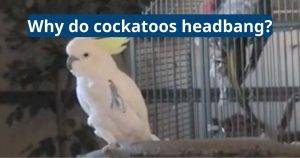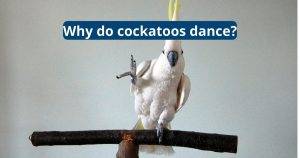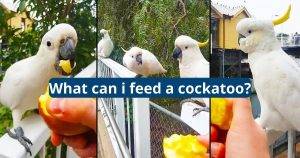How to Tame a Parakeet?
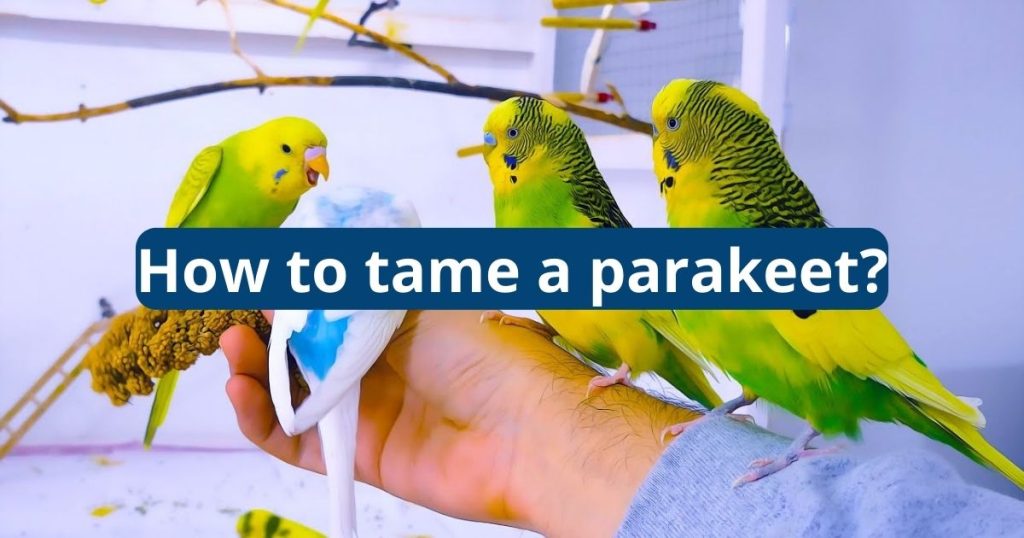
Budgerigars are one of the most popular pet birds, but they’re not as easy to tame as some people think. To train them and keep them safe, it’s important to start by giving them a spacious cage. Recall training is a good way to teach your parakeet to come when called, but biting should be avoided at all costs. Birds bite when they feel threatened, scared or cornered.
Start With a Good Cage
Training a parakeet can be fun and rewarding. However, it takes time and patience to train your pet bird to trust you and learn new tricks. It is best to begin training once your bird has gotten used to its home, and you have helped it become comfortable around humans.
Start by letting your bird get used to the sound of your voice. Talk to your bird frequently in a quiet room with a soft voice so that it becomes familiar with your presence and isn’t startled when you approach its cage.
Once your bird is comfortable with your voice, move to hand-training. Pick a word to start with, such as hi or hello, and say it often in a calm, soothing voice. Repeat the word so that your bird knows what you mean.
Next, ask your bird to step onto your finger. When it complies, give it some millet and praise it for doing so. Repeat this process a few times per day, and gradually increase the distance between your finger and your bird.
Eventually, you’ll be able to call your bird from a short distance and it will fly to you. This trick is helpful for returning your bird to its cage if it escapes. It also helps with recall training, which will be covered later on.

Give Your Bird Time
As you progress with the taming process, be patient and don’t rush it. It’s not uncommon for a bird to take weeks or even months to become hand tame, especially if it was handled by someone else in the past.
As your bird becomes more comfortable with you being around and you are able to touch it, introduce food. Place a spoon or piece of millet in your hand and allow your bird to reach for it. If he does, say “yes” and give him the treat. Repeat this several times per day to train your pet to eat from your hand.
Once your bird is used to eating from your hand, you can begin putting your finger in the cage. Make sure to hold your hand still and speak softly so the bird doesn’t feel threatened. Once your bird reaches for your finger, click and reward him so he learns that the feeling of your hand in his cage is a good one.
Another training that is a lot of fun for a keet is teaching him to step up onto your finger. Hold a piece of millet and press your finger gently against the lowest part of their body while simultaneously saying “step up.” Once they do, offer them a nibble on the millet and verbally praise them.
Be Patient
You should wait until your parakeet has acclimatized to your home, you’re comfortable handling it and it trusts you before attempting any training. Until then, talk to your pet to get it used to hearing your voice and becoming less startled by it. Eventually it will begin to recognize your voice, even when you’re not present.
When your bird is accustomed to you and your presence, you can start training it to step up onto your hand. This is easier if you remove one of the perches from its cage, which will make it seem like a new perch to your pet. Once your budgie is getting used to the new perch, try offering it millet or other treats from your hand. If your bird eats from your hand without any hesitation, it’s ready to take the next step.
You can then slowly reach your hand into its cage and press the broadened index finger against his abdomen lower part, while talking to him with a soft voice like “step up.” Most birds quickly step up because they naturally want to roost on the highest point accessible. Once he steps on to your finger, offer a nibble of millet and continue talking to him. Repeat this daily, increasing the distance between your finger and his perch. This will train your budgie to associate the command with your finger, and over time he will learn to fly onto it.

Reward Your Pet
Once your bird becomes accustomed to you handling it, the next step is to teach it useful tricks. This will help you bond with it, as well as making your life easier. Generally, it’s best to start with a simple trick, like teaching your parakeet to step onto your finger when you tell it to. You can use a clicker or any other auditory command, but be sure to follow it with food. If you don’t, your bird may not associate the command with anything good and could become frightened of you or even develop a negative association with your hand.
Try not to chase your parakeet around the cage, as this will just make it fear you and could cause it to start biting. Once your bird is stepping on your finger, bribe it with millet to reinforce the behavior. At some point — the timing varies from bird to bird — your parrot will stop resisting and will begin to think of your finger as the best perch available.
Another useful trick is to teach your parakeet to say ‘hi’ or ‘hello’. This is also a good way to bond with your bird, since it will allow you to talk to it and learn more about its personality. When starting this training, make sure you are in a quiet room where your bird can hear you clearly.

